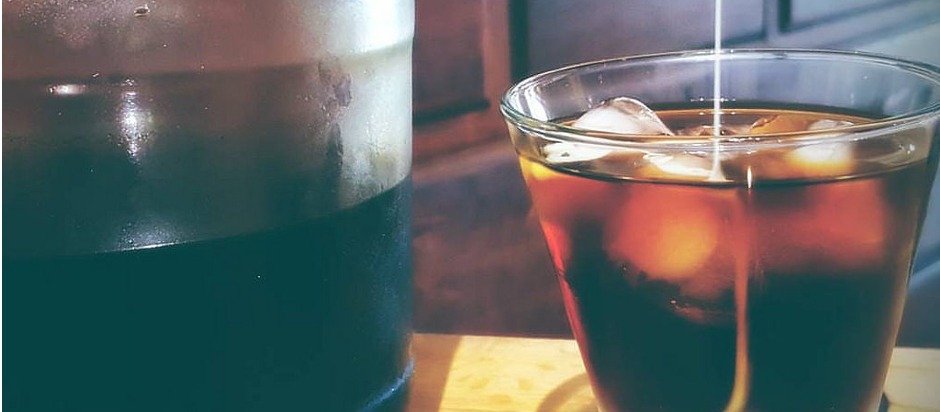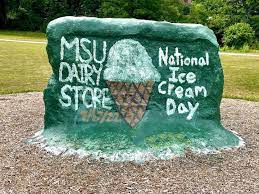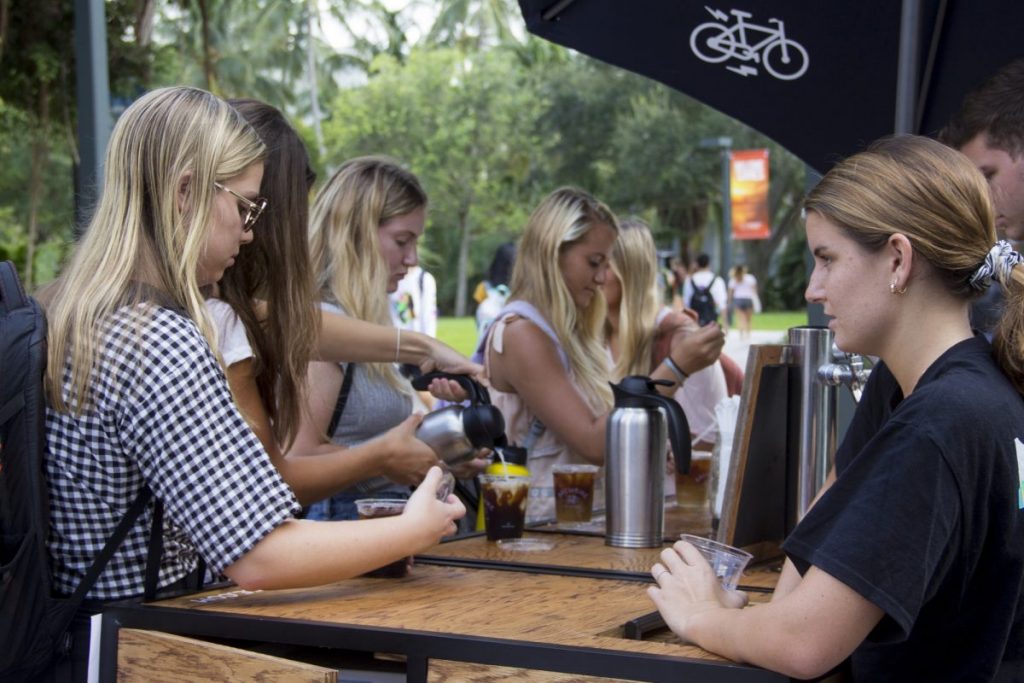University of Mississippi Financial Statement 2023: $1.207B

Demystifying the graduate school application process with our #nanoREU students @OxfordCreamery 🍦 pic.twitter.com/4HLda9lhSC
— Nikki Reinemann (@OleMiss_MBELab) July 15, 2024
Southern ice cream often differs from ice cream in other regions of the U.S. in several ways, reflecting regional tastes, ingredients, and traditions:
- Flavors and Ingredients:
- Pecans and Pralines: Southern ice cream frequently incorporates pecans and pralines, which are popular in the region.
- Peaches: Georgia is known for its peaches, so peach-flavored ice cream is a Southern staple.
- Sweet Tea and Bourbon: These flavors are inspired by Southern beverages and can be found in ice creams.
- Buttermilk: Buttermilk ice cream has a tangy flavor and is a nod to traditional Southern cooking.
- Style and Texture:
- Custard Base: Southern ice cream often uses a custard base, which includes egg yolks, giving it a richer and creamier texture compared to the typical Philadelphia-style ice cream that uses a simpler cream and sugar base.
- Churned at Home: Traditional Southern ice cream is often made using hand-cranked ice cream makers, producing a different texture and incorporating more air, which can make it lighter and fluffier.
- Historical Influence:
- Cultural Heritage: The South’s diverse cultural heritage influences its ice cream, with recipes passed down through generations and reflecting African American, Native American, and European influences.
- Popular Brands and Shops:
- Regional Brands: Brands like Blue Bell, which originated in Texas, are particularly popular in the South and known for their classic Southern flavors.
- Local Shops: Small, local ice cream parlors in the South often offer unique, homemade flavors that highlight regional ingredients and traditions.
These differences highlight the South’s rich culinary traditions and how they extend even to sweet treats like ice cream.
























